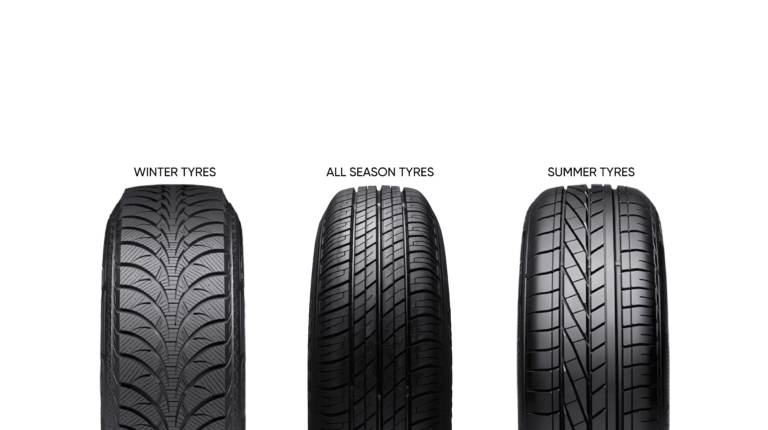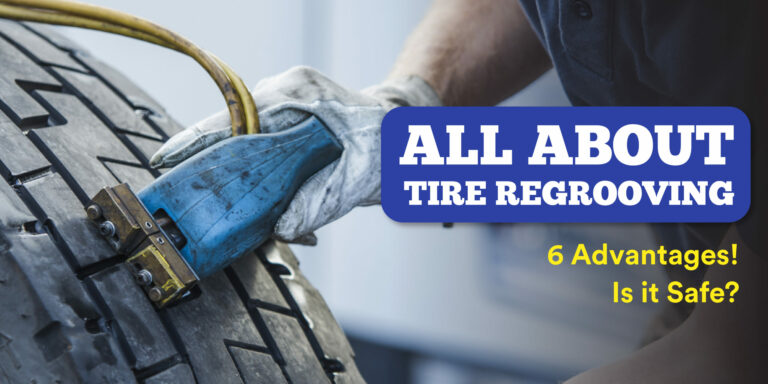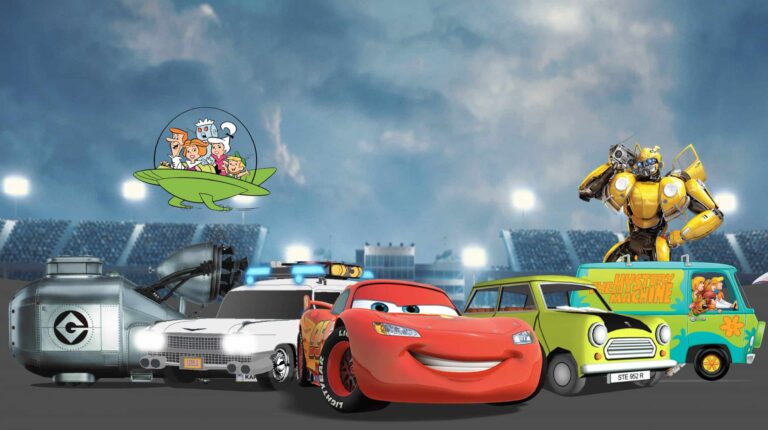
With the fast pace of the world today, it is common to miss a maintenance schedule for your car. Even if you do a routine check-up, you will often find it hard to keep track of all the lubricants and fluids used in the vehicle. But there are a lot of fluids and lubricants that your car uses and it’s important to keep track of them.
Car fluids keep a vehicle going and it’s essential to learn about the types of car fluids and their functions for a better understanding of how your vehicle works.
So, what are the 5 fluids in a car?
Here’s a list of the top 5 fluids and lubricants essential for your car.
1: Engine Oil:
First on the car maintenance fluids list is engine oil. The engine is the beating heart of a car or bike and being a mechanical part, the car or bike engine is prone to the daily routine of countless rotations, movements, and friction with multiple other parts in cohesion. Engine oil or engine lubricants play a very important role in the smooth and efficient functioning of the engine. The main functions of engine oil are – reducing friction and wear on the engine and cleaning the engine from sludge and varnish. It is very important to change the engine oil and filters at periodic intervals of 10,000-15,000 km.
Since the engine has a large number of moving parts such as pistons, bearings, valves and camshafts that work together to generate power, they create a lot of friction and heat. If friction is unchecked, it can lead to excessive wear and tear. Engine oil has a very high lubrication property by creating a thin film which preserves the engine’s internal components and extends its lifespan.
During the combustion process, vast amounts of heat is generated within the cylinders. Engine oil serves as a medium to transfer this heat away from critical components so that it can operate within optimal temperature range. This prevents damage and maintains efficient performance.
Over time, dirt and combustion byproducts accumulate within the engine forming sludge deposits. Engine oil contains detergents that prevent carbon deposits from settling and carries them to the oil filter where they are removed from circulation. In addition, engine oil prevents corrosion and maintains the flexibility of seals and gaskets to maintain proper engine function.
2: Coolant:
Car and bike engines develop power through the process of combustion. Due to this, engines become extremely hot. Without proper care and protection, the engine can wear down or melt, which in turn leads to excessive costs. Car or bike coolant is also known as anti-freeze protects the engine from overheating. Coolants also lubricate the internal parts of the engine and protect damage to the parts like – water pump, head gasket, cylinder, and piston timing. The car or bike coolant should be replaced after every 50,000 km periodically.
As coolant circulates around the engine block, it absorbs excess heat and transfers it to the radiator for dissipation. This continuous process helps regulate the engine’s temperature for optimum performance. Coolant is a mixture of water and other chemicals that also protect the engine in colder temperatures, where it often snows and there is chance of components seizing.
Another important feature of coolant is corrosion prevention and keeping rust away from engine components. Water and oxygen can lead to the deterioration of metal components over time, which impairs the structural integrity of parts and eventually leads to engine failure. Lubrication is also provided by the coolant so that the water pump can function properly.
3: Brake Fluid:
Brake fluid is a fluid used in the hydraulic brake. When you apply your foot to the brake, the brake fluid transfers this force into pressure to the front and rear brakes and stops the vehicle. Never reuse brake fluid that has been drained from the brake system or even fresh fluid that has been allowed to sit in an open container, because brake fluid is quickly contaminated by dust, air, and moisture.
Brake fluid performance is crucial for efficient and safe braking. However, it has a strong tendency to absorb moisture from the surrounding air over time. It is then more susceptible to temperature changes which can lead to brake fade, reduced braking efficiency and in the worst case, brake failure.
Brake fluid can also get contaminated by dust and dirt, leading to a spongy brake feel. Functions like ABS may not work properly. Brake fluid replacement is generally recommended every 1 to 2 years depending on usage.
4: Power Steering Fluid:
Power steering fluid is a hydraulic fluid that provides hydraulic assistance to your steering wheel so you can use it with ease. It also helps lubricate the steering pump and other components of the steering system. Dirty fluid leaking or a noise coming from your steering wheel indicates that a power steering fluid change is in order.
When the driver turns the steering wheel, the power steering pump pressurises the power steering fluid for smooth operation and responsive control. Its lubrication properties keep the pump, steering gearbox, and other components from heating up due to friction.
Contaminated power steering fluid can lead to decreased steering performance which results in noisy operation and leaks under the vehicle. It is generally recommended to change the power steering fluid every 50,000 to 100,000 km to ensure optimum steering response.
Also Checkout here About Power Steering Fluid And What Does It Do
5: Transmission Fluid:
Transmission fluid is used to lubricate the components of a car or bike’s transmission. There are 2 types of transmission fluids – one for a manual transmission and another for an automatic transmission. The correct automatic transmission fluid for your car will vary with regard to the type of automatic transmission you have. Make sure to check the automatic transmission your car has and then use the correct one for use.
Another use of transmission fluid is cooling for the intricate components of the gearbox. As these components mesh together, friction and heat are generated which can lead to wear and tear. Transmission fluid can extend the life of your mechanical components. Transmission fluid change intervals depend on the vehicle and type of gearbox, but usually require a change every 50,000 km.
Conclusion
If you want your car to run for a long time without any problems, then understanding car fluids is vital. From engine oil, coolant, brake fluid, and power steering fluid to transmission fluid, each plays a unique role in ensuring your vehicle runs smoothly and reliably.
Overlooking maintenance schedules for these car fluids can make a big difference. Keep an eye on them and incorporate regular checks and maintenance for the long-term health of your vehicle. In the end, you will have a better and safer driving experience with reliable years of service on the road ahead.
Explore more informative articles on the Carorbis Blog, where you will find the latest and most up-to-date automotive-related content.
Frequently Asked Questions
Q1. What are the 8 fluids in a car?
Ans. The 8 types of fluids used in cars are:
Engine Oil: Used for engine component lubrication (piston, cylinders, valves, crankshaft, bearings, timing chains, etc.) Engine oil also cools components and protects them from wear and tear.
Engine Coolant: Keeps the engine temperature at the optimum level (prevents overheating in summer or freezing in winter). It also lubricates the water pump.
Gearbox oil or transmission fluid: Manual transmission requires gearbox oil to lubricate and cool moving gears. The automatic transmission also requires transmission fluid to engage and disengage gears.
Brake fluid: It provides the hydraulic pressure that transfers force from the brake pedal to the brake callipers and pads. Also lubricates the brake system.
Differential fluid: Gears, bearings and seals of the differentials are lubricated.
Power steering fluid: Lubrication for the power steering pump, valves, steering rack and pinion and seals.
Hydraulic clutch fluid: The clutch is operated via hydraulic pressure from the clutch fluid to engage and disengage the transmission.
Windshield wiper fluid: Cleaning solution for wiper blades so that they can move smoothly over the windshield and dissolves dust and dirt. They also have an antifreeze property when driving in cold climates.
Q2. What are the basic car fluids?
Ans. The basic car fluids are engine oil, gearbox oil, engine coolant, brake fluid and differential fluid. If the car is equipped with a power steering and hydraulic clutch, as most modern vehicles are, then the car will also have power steering fluid and hydraulic clutch fluid. Some older cars had mechanical steering which used grease and a mechanical clutch that borrowed lubrication from the gearbox oil. Windshield wiper fluid is also used, but this can be substituted with plain water and a little soap if you can find the right product or brand. In addition, car air conditioning systems used a refrigerant liquid/gas that is used to cool the interior.
Q3. What are the colors of car fluids?
Ans. Car fluids come in many different colours and hues due to their chemical composition.
Engine Oil: When clean it is golden, amber or brown. As the engine oil accumulates contaminants, it will darken and turn black.
Engine coolant: Usually green, blue, pink, orange or red depending on the specific type of coolant. Each vehicle has a recommended type of engine coolant.
Transmission fluid: Red, pink or brown. The colour may vary depending on brand and type.
Brake fluid: will be clear or slightly yellow. On absorption of moisture and dirt, brake fluid may turn dark and cloudy.
Power steering fluid: Red or pink, but it can be clear. Depends on the exact formulation.
Hydraulic clutch fluid: Can be clear or slightly yellow. Over time, it gets dark which indicates it needs to be replaced.
Windshield washer fluid: Usually blue in colour, but it can have a clear look depending on the brand.
Q4. What color is car AC fluid?
Ans. Car air conditioners do not use fluid, instead, it is called a refrigerant gas which liquifies under pressure from the compressor. The cycle of changing from liquid to gas absorbs heat in the process and is used to cool the air entering the car cabin. The most common refrigerant is R-134A also known as tetrafluoroethylene which is a colourless gas. Some manufacturers add a UV dye to Ac gas to identify leaks in the system. The leaks will appear green or yellow under UV light which helps technicians locate a fault.
Q5. What color is coolant?
Ans. Coolant or antifreeze comes n various colors depending on the type. Ethylene glycol-based coolant is commonly used in older vehicles, however, modern vehicles used advanced formulas that are orange/red in colour. These new types of coolants have extended service intervals and contain additives that provide better corrosion protection. Some coolant brands add a dye to identify leaks and for aesthetic purposes. There are variations of pink/yellow/purple and even clear. Hybrid or electric vehicles use a blue-coloured coolant that is suited for the unique cooling requirements of these types of vehicles. Avoid mixing types of coolants and refer to your vehicle’s service manual for the recommended brands and types.
Q6. What colour is bad coolant?
Ans. Degraded or contaminated coolant can take on different colours depending on the issues that have caused it to go bad. Usually, it is a problem with the cooling system where the fluid may take on a rusty brown colour which indicates oxidation, rust or corrosion. This can lead to clogs in the system as the coolant’s corrosion inhibitors have broken down. If oil manages to get into the coolant, it may turn milky or creamy in colour, caused by a leaky head gasket. At this point, coolant will lose some of its ability to control engine temperature which can lead to overheating. Other causes of contamination can turn the coolant green, sludgy, or dark black due to debris, dirt or other substances.









